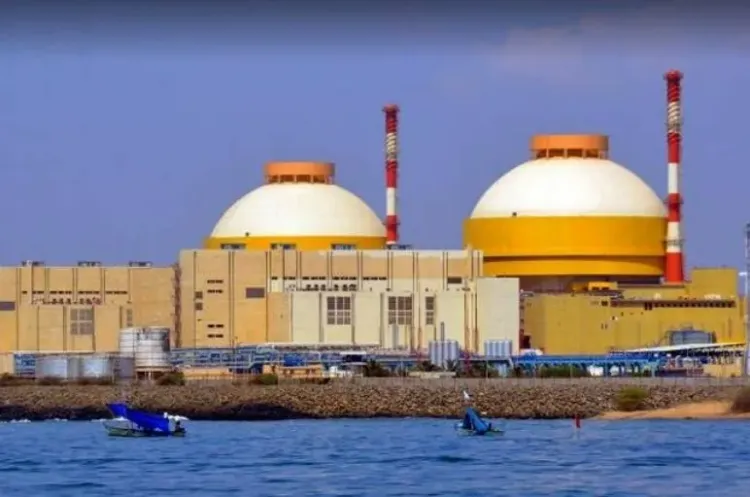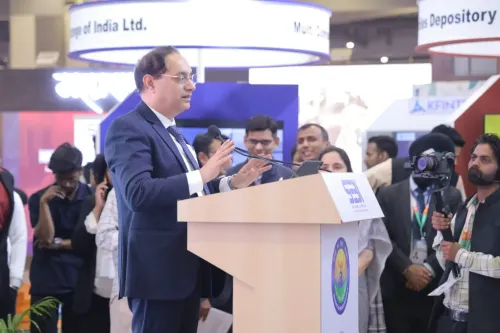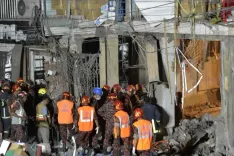What Key Directives Have Been Outlined for the 100 GW Nuclear Energy Mission?

Synopsis
Key Takeaways
- Government commitment to achieving Net Zero emissions.
- Expansion of nuclear capacity from 8.8 GW to 22 GW by 2032.
- Involvement of the private sector in nuclear energy.
- Streamlined regulatory processes to enhance efficiency.
- Extension of the RFP submission deadline for Bharat SMR program.
New Delhi, Aug 8 (NationPress) Power Minister Manohar Lal Khattar and Minister of State for Atomic Energy, Dr Jitendra Singh, convened a significant high-level meeting focused on the 100 GW Nuclear Energy Mission on Friday. This gathering is a response to Prime Minister Narendra Modi’s ambitious goal to enhance India’s clean energy portfolio and underscores the nation's dedication to achieving Net Zero emissions.
During the discussions, a comprehensive review was undertaken regarding the strategy to elevate India’s nuclear energy capability from the current 8.8 GW to 22 GW by 2032, facilitated through the addition of 14 GW from various ongoing and forthcoming projects.
The ministers put forth several crucial directives aimed at accelerating advancements, which include simplifying regulatory approvals, standardizing documentation, optimizing processing times, promoting generic proposals, aligning licenses, and investing in technical enhancements and capacity development.
Dr Singh emphasized the government's groundbreaking initiative to allow participation from the private sector in the nuclear domain, highlighting its essential role in bolstering India’s energy security.
He also pointed out the robust response from industry players towards the Bharat Small Modular Reactor (SMR) program, resulting in an extension of the Request for Proposal (RFP) submission deadline to September 30, 2025, to encourage broader involvement.
Furthermore, Dr Singh reaffirmed the government’s dedication to supporting and raising awareness among private entities, many of whom were pleasantly surprised by the nuclear sector's opening to private participation.
Power Minister Manohar Lal reiterated the necessity of adhering to timelines and expediting projects according to the established roadmap.
Currently, India's installed nuclear power capacity includes 24 reactors with a total output of 8780 MW (excluding RAPS-1 (100 MW) which is under prolonged shutdown). Additionally, a total capacity of 13,600 MW (including the 500 MW PFBR being executed by BHAVINI) is at various stages of implementation.
Upon the successful completion of these expansion initiatives, the country’s nuclear power capacity is projected to reach 22,380 MW by the year 2031-32.









